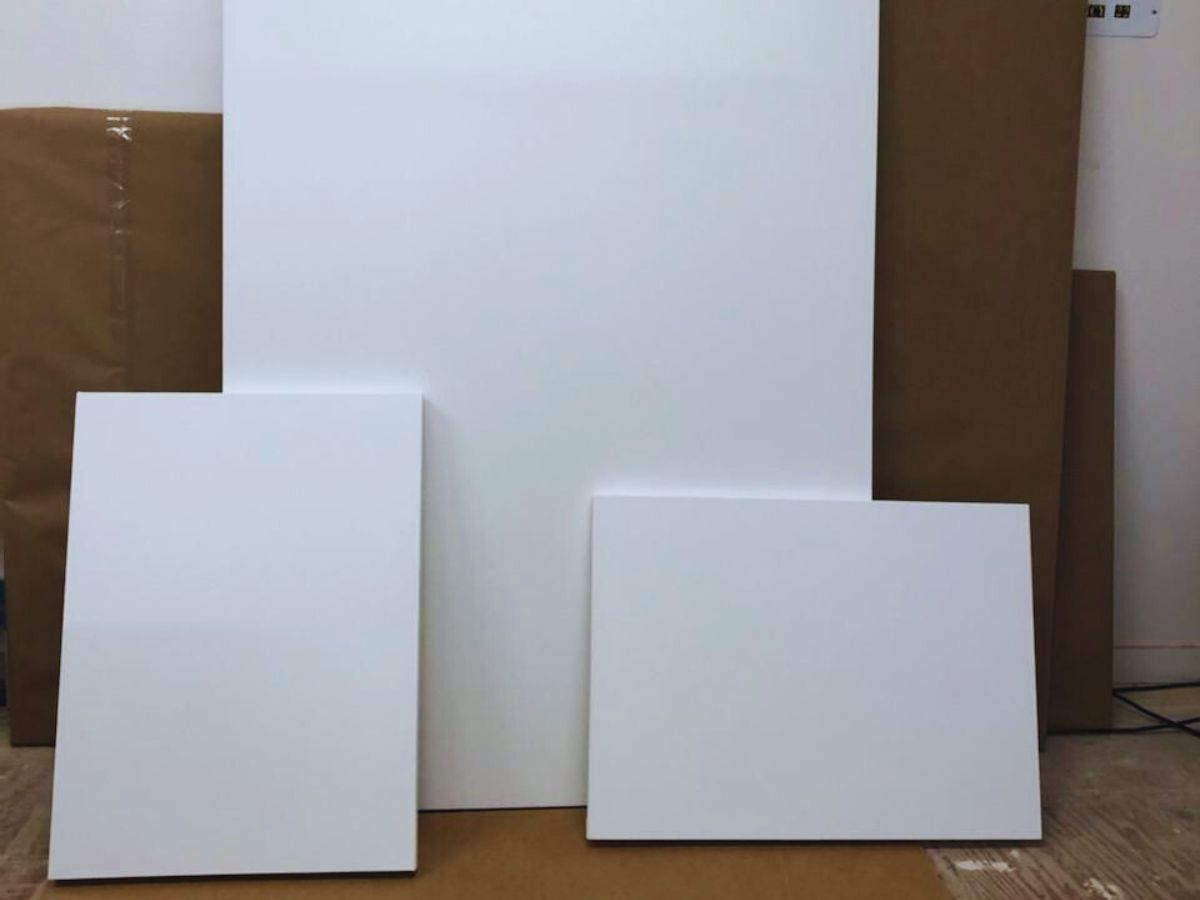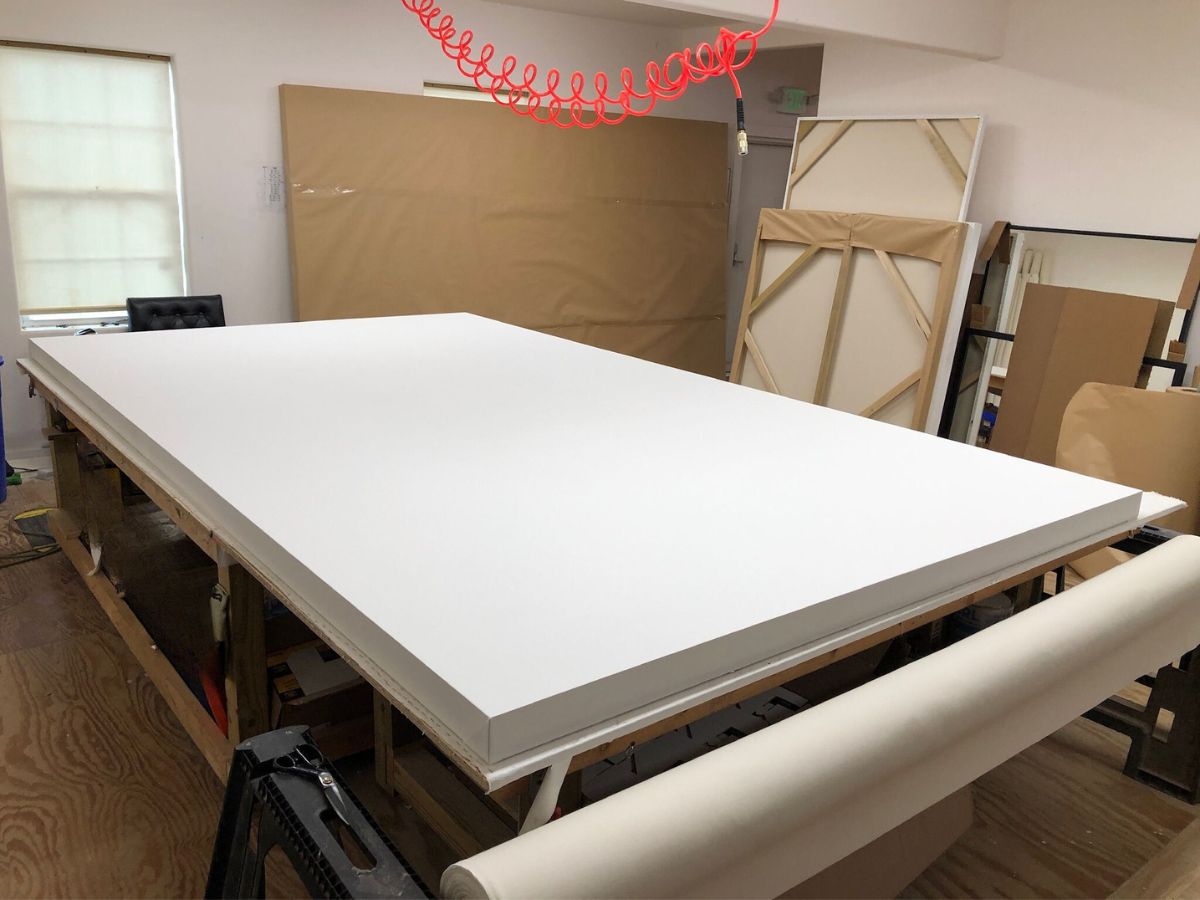
What Is the Golden Rule for Canvas Size?
Choosing the right canvas size isn’t just guesswork, it’s a balance of composition, subject, display space, and presentation. While there’s no single “golden size,” artists often rely on easy rules of thumb to find the right fit. Here’s a guide that you can use.
1. Think About Placement & Wall Space
A useful interior-design guideline suggests artwork should occupy about 60-75 percent of available wall space. That means if your sofa is six feet wide, aim for artwork around 42-54 inches wide–big enough to hold attention without dominating the room. Lecturers and hobbyists can use this to demonstrate how art feels in context before sizing a painting.
2. Consider Canvas Shape and Subject
Aspect ratios matter. Portraits often work in vertical or square formats; landscapes benefit from horizontal or panoramic proportions (4:3, 3:2, even 2:1 for sweeping scenes). If your subject is tall or narrow, go vertical, and if wide or expansive, choose wider formats. Matching size to subject helps visual flow.

3. Use Standard “Just-Right” Sizes
Many artists and frame manufacturers favor medium sizes like 16×20″ or 18×24″. These formats are widely available, versatile across portrait, still life, or mixed-media work, and reasonably priced. A painter just starting out often finds these sizes “Goldilocks‑just‑right”: large enough to explore and small enough to handle.
4. Employ the Golden Ratio or Rule of Thirds
Composition studies show that ratios around 3:5 or 2:3 (which is close to the golden ratio of 1:1.618) produce natural and pleasing canvases. Many artists use the simpler 3:5 proportion, canvas shapes like 15×25″ or 20×30″,to guide focal points and balance. Aligning key elements with those divisions gives visual harmony.
5. Match Scale to the Artist’s Space
Don’t overwhelm your own workspace. Large canvases take more supplies, more time, and require space to stand back. Smaller formats are easier for practice, mixed media, or experimentation. Medium canvases remain the workhorse—manageable, visible in progress, and adaptable for various techniques.
6. Think About Display and Framing
Standard canvas sizes tend to fit standard frames, mats, and prints. That matters long-term for resale, exhibitions, or classroom displays. Using sizes like 12×16″, 16×20″ or 24×36″ means buyers or venues can easily find framing options.
There’s no single “golden size” for canvases but there are strong guidelines. Match your canvas size to the wall space (60–75 percent rule), pick formats that suit your subject and studio, and aim for harmonic proportions like 3:5 or 2:3. Medium standard sizes like 16×20″ or 18×24″ often hit a sweet spot. When you size your canvas thoughtfully, your art speaks clearer, works easier, and shows better.
